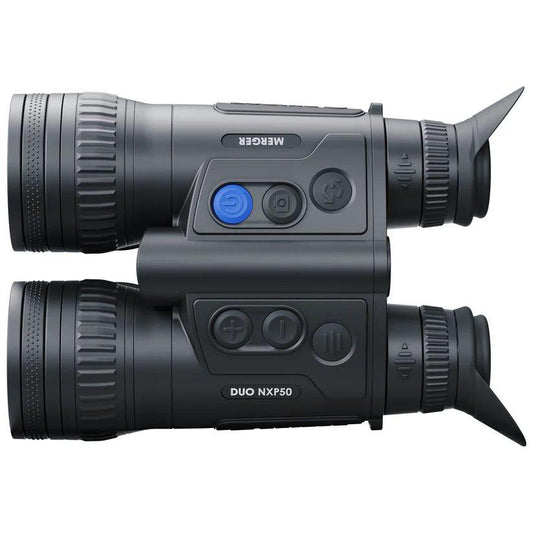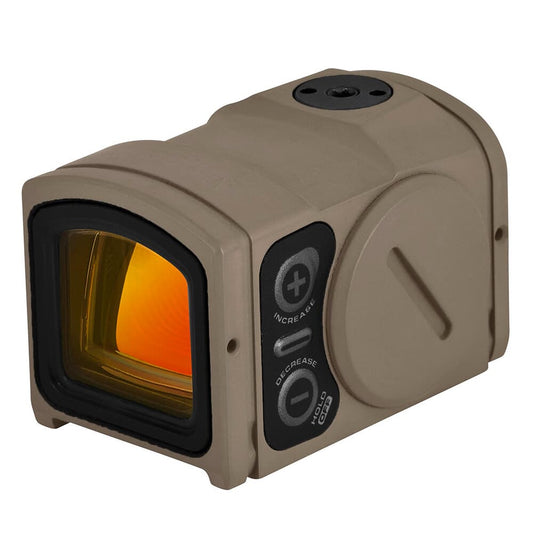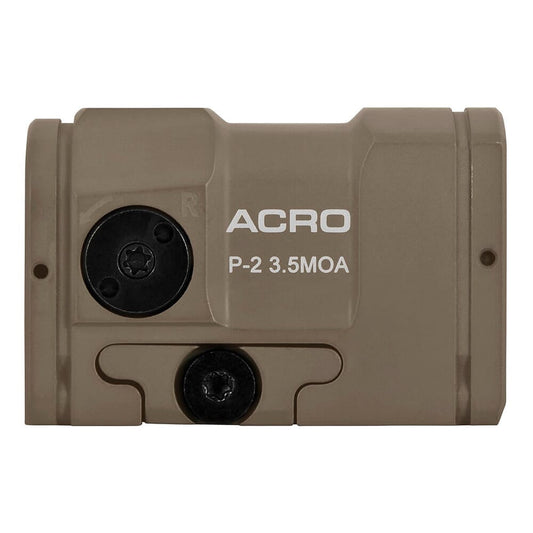

Pulsar Merger Duo NXP50 Thermal Binoculars provide clear visibility in various environments, combining thermal and digital night vision capabilities. This advanced multispectral device allows users to easily spot targets, whether during the day or at night. With the ability to effectively identify movement and hidden wildlife, the NXP50 is ideal for tactical missions, hunting, and wildlife observation. Its dual eyepieces enhance comfort, while a fast aperture lens and sensitive thermal sensor ensure that details are never missed.
Switch between thermal and digital views seamlessly with the innovative picture-in-picture function. This feature enhances observation capabilities, allowing for prioritized target identification. Designed for rugged conditions, the NXP50 is built to perform reliably in all weather, making it a dependable choice for any outdoor adventure.
Key Features:
- MULTISPECTRAL VIEWING: Experience both thermal and digital night vision for versatile usage in diverse environments.
- PICTURE-IN-PICTURE FUNCTION: Simultaneously displays both thermal and digital images for prioritized observation, enhancing target identification.
- SUPERIOR IMAGE QUALITY: A fast aperture lens and sensitive thermal sensor provide high-contrast images, ensuring clarity in all conditions.
- WIDE THERMAL FIELD OF VIEW: Spot movement quickly and efficiently over a broad area, ideal for tracking animals in the wild.
- COMFORTABLE USAGE: Dual eyepieces offer an immersive viewing experience, reducing eye strain during long observation periods.
- CLOSE FOCUS CAPABILITY: Focus on targets as close as a few meters, perfect for detailed wildlife observation.
- DURABLE DESIGN: Built to withstand rugged conditions, ensuring reliable performance in the field.
- ALL-WEATHER PERFORMANCE: Operate seamlessly in rain, fog, or extreme temperatures, making every outing successful.
Technical Specifications Table
| Specification | Details |
|---|---|
| Magnification | 2.5x - 20x |
| Lens Diameter | 50mm |
| Weight | 1.9 kg |
| Dimensions | 220 x 130 x 70 mm |
| Material | Durable polymer housing |
What’s in the Box?
- Merger Duo NXP50 Thermal Binocular
- Lens covers
- Padded carrying case
- Neck strap
- User manual
Customer Reviews
“The clarity of the Pulsar Merger Duo NXP50 is unmatched! I was able to spot deer in low light like never before.” - Mark H.
“A game changer for my tactical outings! The dual image function makes it easy to assess situations quickly.” - Sarah T.
“Durable and reliable, this binocular has exceeded my expectations for nighttime visibility.” - John L.
FAQ
How does the Pulsar Merger Duo NXP50 perform in low light? The NXP50 excels in low-light conditions, utilizing advanced thermal technology that allows users to detect heat signatures even in complete darkness. Its high sensitivity thermal sensor ensures that you won't miss a thing, whether hunting at dusk or navigating through fog.
Is maintenance required for the binocular? Regular maintenance primarily involves keeping the lenses clean and ensuring the device is stored in a protective case when not in use. It’s also advisable to use a microfiber cloth for cleaning, which will help maintain image quality over time.
How does it compare to other thermal binoculars? The Pulsar Merger Duo NXP50 stands out due to its unique dual-functionality, allowing users to switch seamlessly between thermal and digital views. While other models may offer similar features, the combination of high-quality optics and user-friendly design makes it one of the best options available.
Similar Models
Looking for more optics solutions? Discover our extensive collection of Pulsar products, including models like Pulsar Accolade XQ38 for exceptional thermal detail and Pulsar Helion 2 XP50 for advanced long-range viewing. Explore our full collection for optics that elevate your outdoor adventures.
You May Also Like
Here’s some of our most similar products people are buying. Click to discover trending style.








